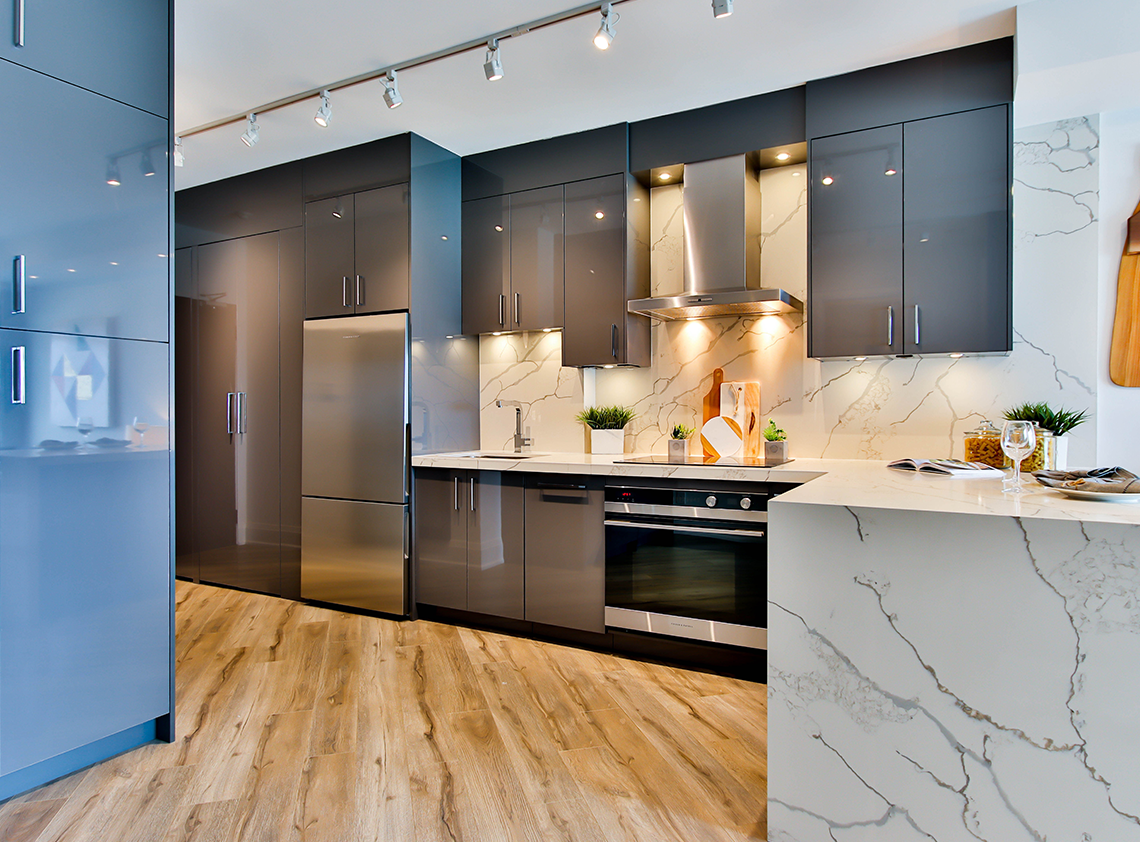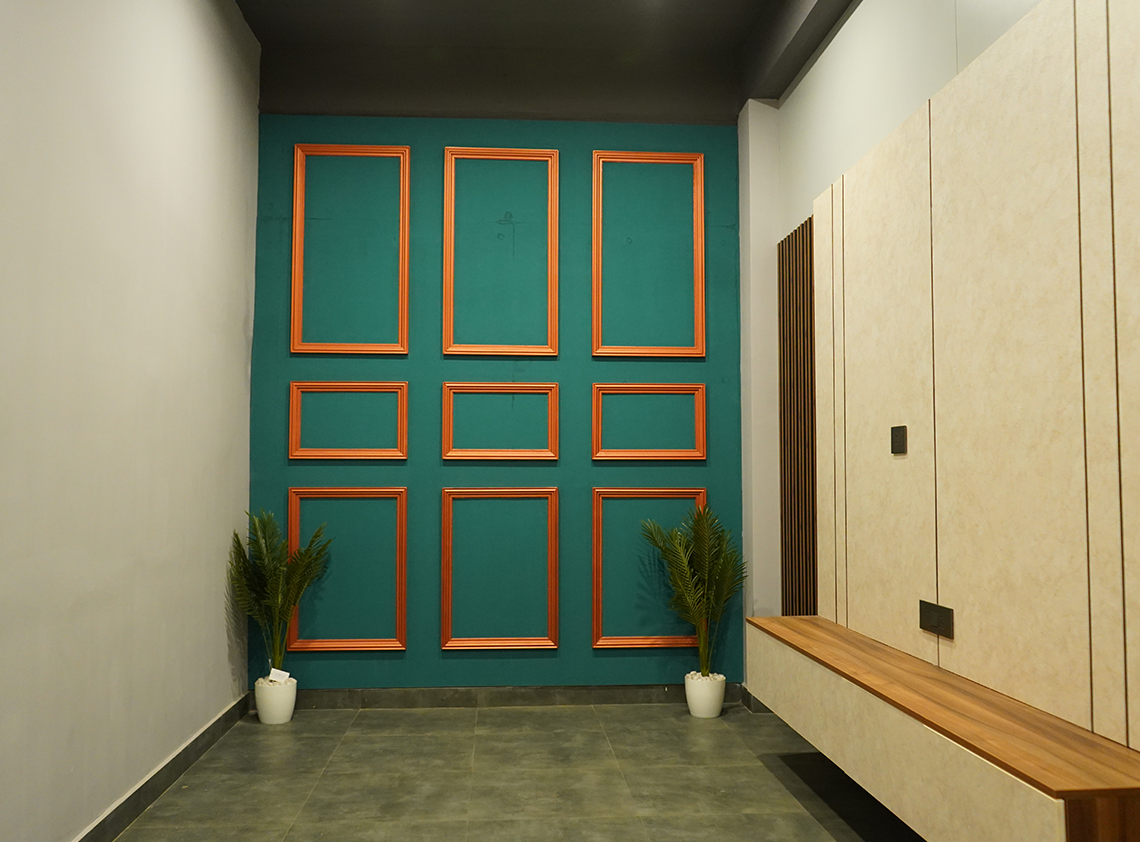Color is a universal language that transcends geographical and cultural boundaries. In the context of Indian interior design, colors play a significant role deeply rooted in tradition, culture, and spirituality. Each color carries symbolic meanings and can evoke specific emotions and moods, making the selection of colors a crucial aspect of creating a harmonious living space. In this article, we will explore the significance of colors in Indian culture and how they can be utilized in interior design to evoke desired emotions and moods.
The Symbolism of Colors in Indian Culture
1. Red (Rakta):
Red is a powerful and dominant color in Indian culture, symbolizing passion, love, and purity. It is often associated with weddings and religious ceremonies, representing auspiciousness and celebration.
2. Yellow (Pila):
Yellow is associated with knowledge and learning. It is often used in educational institutions and homes to evoke a sense of enlightenment, positivity, and warmth.
3. Blue (Neela):
Blue is a color associated with divinity and spirituality, often linked to Lord Krishna. It symbolizes calmness, infinity, and purity of the soul.
4. Green (Hara):
Green represents nature, fertility, and life. It is associated with rebirth, renewal, and prosperity. In Indian homes, green is often used to bring a sense of tranquility and harmony with nature.
5. White (Safed):
White symbolizes purity, peace, and spirituality. It is commonly used in temples and sacred spaces, conveying a sense of serenity and cleanliness.
6. Orange (Narangi):
Orange is a color representing purity, spirituality, and the quest for knowledge. It is widely used in religious attire and decor.
7. Purple (Baingani):
Purple represents luxury, wealth, and power. It is often associated with royalty and opulence.
Utilizing Color Psychology in Interior Design
1. Creating Balance:
Achieving balance in interior design involves using a combination of colors that complement each other. For example, combining the vibrant red with calming greens or blues can create a visually appealing and balanced space.
2. Setting the Mood:
The choice of colors can significantly impact the mood of a room. Warm colors like reds, oranges, and yellows can create a cozy and energetic ambiance, perfect for social areas. Cool colors like blues and greens can induce a sense of calm and relaxation, suitable for bedrooms and living rooms.
3. Highlighting Architectural Features:
Strategic use of colors can draw attention to specific architectural elements. Darker colors can highlight a focal wall or an interesting architectural feature, adding depth and character to the space.
4. Small Spaces and Light Colors:
In smaller spaces, using lighter hues like whites, pastels, or neutrals can make the area appear more spacious and airy. Light colors reflect light, giving the illusion of a larger space.
5. Cultural Fusion:
Modern Indian interior design often incorporates a fusion of traditional and contemporary elements. Employing a blend of culturally significant colors with modern design can create a unique and appealing aesthetic.
Color psychology in Indian interior design is an art form that requires an understanding of the cultural and emotional significance of each hue. By choosing colors that resonate with individuals and harmonize with the space, designers can craft interiors that not only look beautiful but also evoke desired emotions and moods, creating a sense of balance and well-being in the home.








